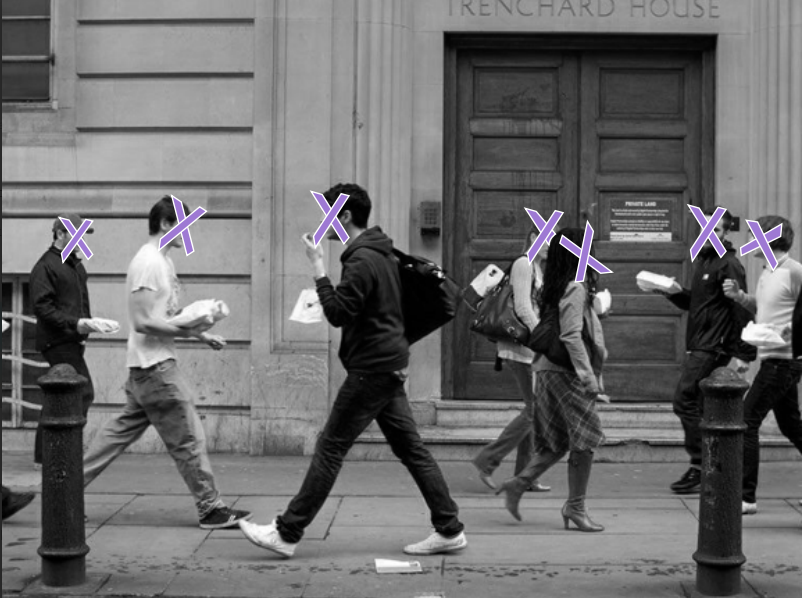In a digital world, so many things can be hidden behind a screen. Identities can be hidden, lives can be stalked and harmful words can be thrown like punches without a clue whose fist it was or who typed it up. With all this anonymity, a lack of responsibility seems to be taken, a misunderstanding that another real person is receiving those texts or images.
That someone may actually believe the deception.
Catfishing refers to pretending to be someone you’re not, using fake details and information or even someone else’s identity, to pose as someone else to another person.
In some cases, online dating becomes a terrible lie, an emotional connection founded on the grounds of someone who doesn’t even exist. In other cases, harmless friendship turns vile when a teenage friendship on X is really one between a minor and an adult, making a connection for all the wrong reasons.
Odd cases come along when people think they can’t get caught, because how would they with the protections of a cell phone and the World Wide Web? In an extreme case from years back that recently resurfaced as a viral story on TikTok, a mother, under a fake persona on Snapchat and Instagram, sent hurtful and threatening messages to her own 14-year-old daughter and her boyfriend.
After the investigation went to federal levels, IP addresses were linked back to the mother, and two counts of stalking and 19 months to five years in prison later, the tale became an obscure documentary on Netflix.
Why do people have such confidence behind a screen when everything can be traced back? The idea of digital footprint has been imprinted in my mind for years, whether it was from teachers, my mother or my bosses. Yet time and time again, people exercise their rights to say heinous and inappropriate things or act completely out of character behind a username on X or Facebook than how they would in person.
Texts, emails, DMs, posts and stories are all the new age of conversation.
“This sort of communication is not different in any fundamental respect from the old practice of letter writing, except for its speed,” said Roger Scruton, a writer from The New Atlantis.
In Scruton’s 2010 article, “Hiding Behind the Screen,” Scruton discusses ideas of human connection and how easy it is to interact with people and visualize others’ lives. The years have passed when clunky photo albums crusted with dust were pulled out with a pot of coffee after family dinners, and that was the only time to see childhood photos. Now you can Google your best friend’s mom’s name and, more likely than not, you can find a picture of her getting on the bus for her first day of kindergarten.
Where is the privacy? Where are the intimate moments?
More than just the creeps that lurk in all the dark corners of the internet, how is the everyday person interacting online?
Every time I open Instagram, I see a collage of photos of a random person I do not know on a friend, cousin or a classmate’s story wishing someone they know a happy birthday. For just that 15-second-long story, I’m connected to a piece of that person’s life. When I was younger, people would do the same thing on Snapchat with a single photo and a tag to that person’s Snapchat account. It was almost a competition on every birthday to see how many posts they would get, especially if a couple of people were born on the same day.
How many in-person happy birthday wishes did they get? How many cards filled their mailbox that morning, or better yet, how many people who posted them are genuine friends?
The term friends has been soured by adds and un-adds, recreating a word that once meant a close person in your life, someone you trust and care for, to now only a mutual on a social media app.
All of these are examples of how humans interact differently behind a phone or laptop because reality is warped by the lack of direct face-to-face contact, whittling away our trust, our judgment and our ability to connect in a real and true way.









